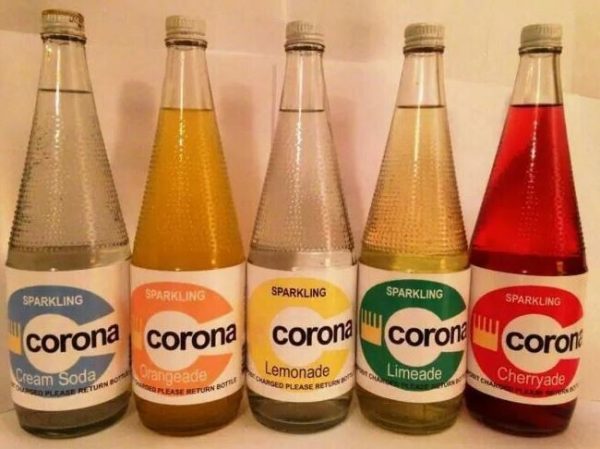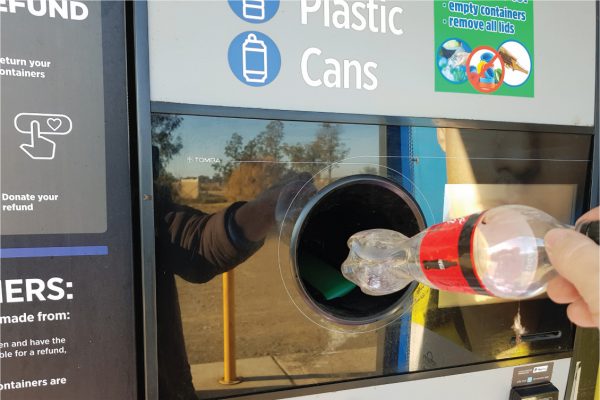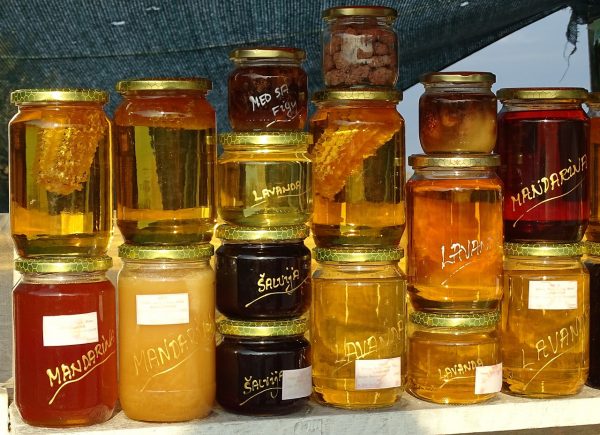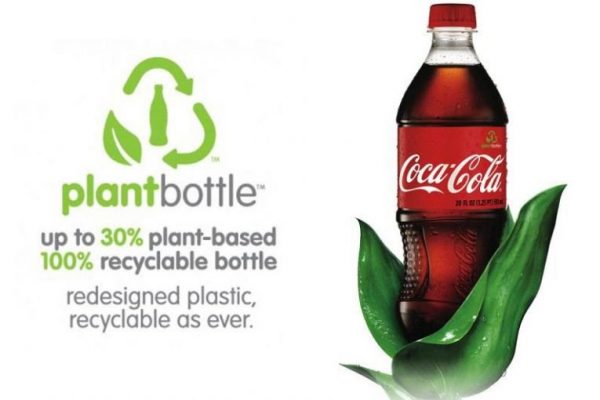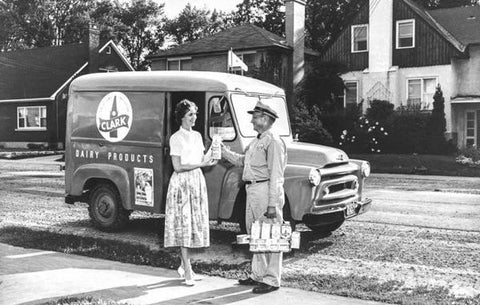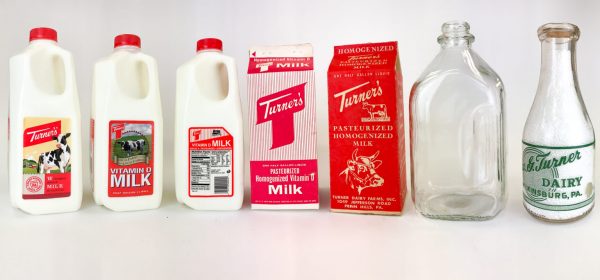Packaging is more than just a means to protect, preserve, promote and contain products; it’s often a gateway to cherished memories and moments of nostalgia. From the crinkle of a sweetie bag to the iconic silhouette of the Coca-Cola bottle, packaging has the power to transport us back in time, evoking feelings of warmth and familiarity.
Today, at the very top of the political and ethical agenda is global warming and packaging has a big part to play. We are experiencing an unprecedented surge in new and updated packaging legislation globally with the aim to promote a circular economy.
Nostalgic packaging; Bridging past and future
There’s an emerging opportunity for brands and retailers who get it right, according to McKinsey, however, rather than reinventing the wheel, should we not be reflecting and learning from the ‘good ol’ days’?
Let’s take a journey down memory lane and explore the nostalgia that surrounds 5 packaging solutions from our past and, how in some cases, we have gone full circle. We have brought back these nostalgic packaging solutions in new more sustainable, closed-loop forms.
